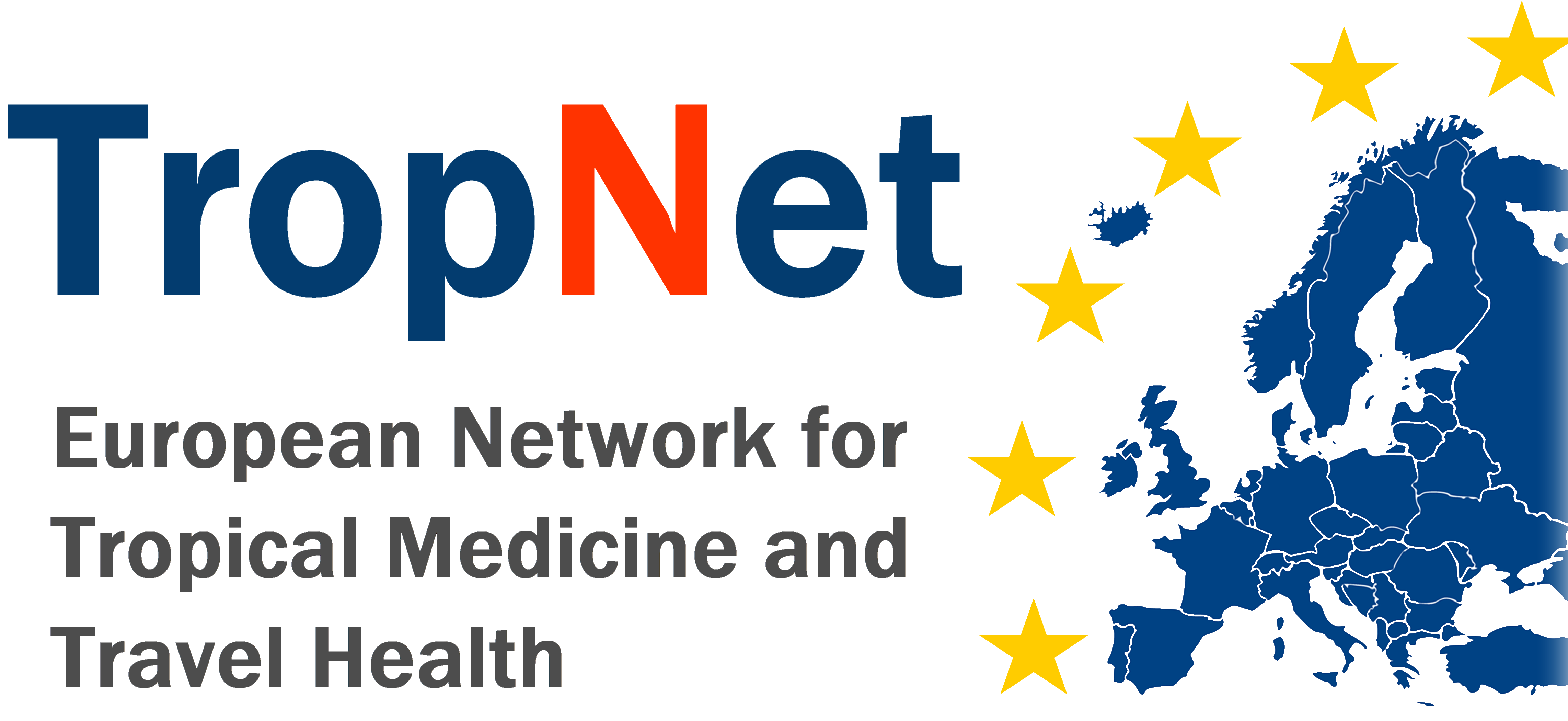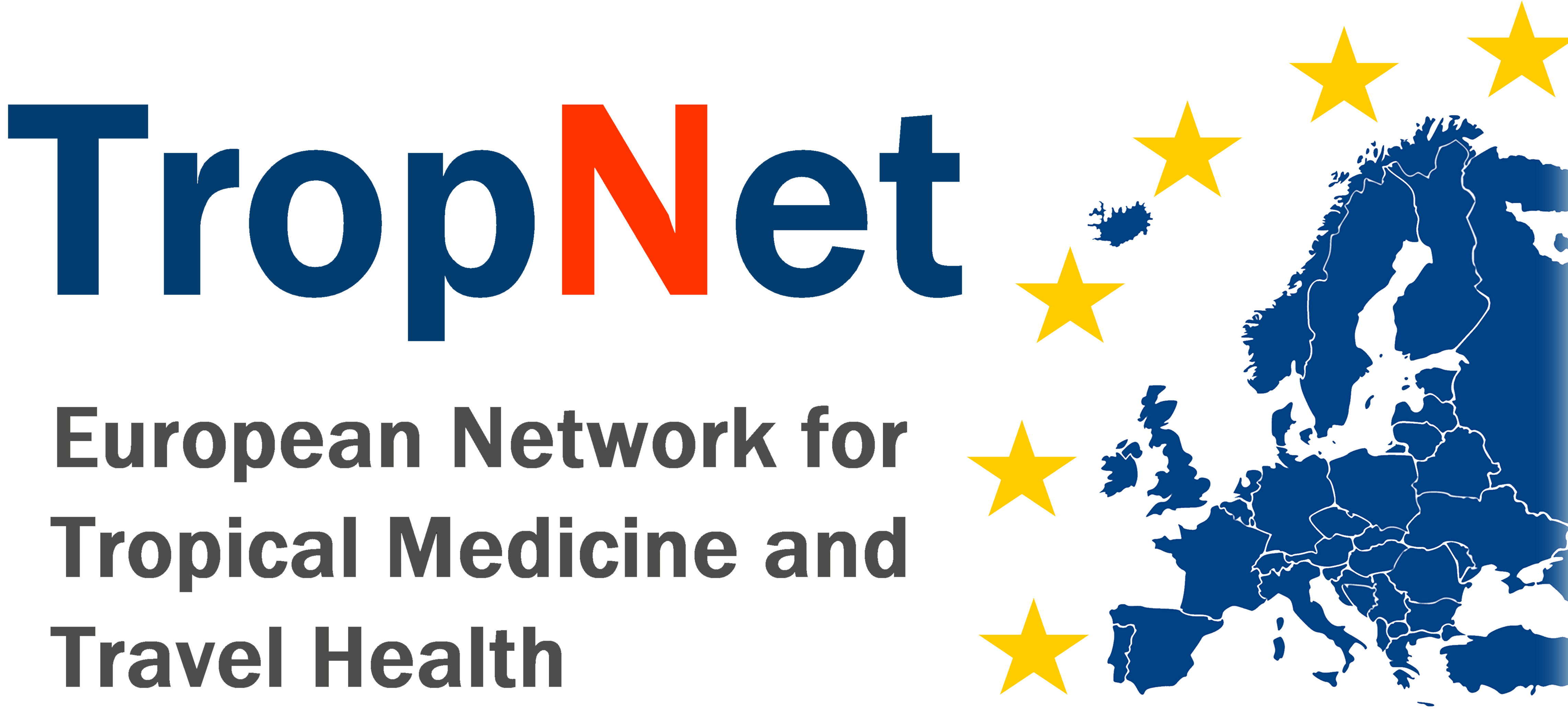Last Updated on
LeishMan – Surveillance of imported leishmaniasis with regard to diagnostic and therapeutic procedures
Background
Imported cases of leishmaniasis have become more frequent in Europe over the past years due to increased travel to risk areas. Standardized species identification and treatment protocols are warranted to provide the patients with the best possible treatment. The broad availability of PCR allows a rapid determination of species. Each species has a different sensibility to the different antileishmanial drugs. Therefore a species specific treatment approach has been evaluated for many species and is widely applied in many centres recently. As the Leishmania species influences the outcome of systemic treatment parasite species identification is of high clinical relevance. In particular in the setting of travel clinics, where the origin of an infection often cannot be assigned to a specific location, more sophisticated species identification than just the geographical one is required.
Currently, treatment recommendations are usually based on data from endemic regions, but travelers could have different treatment responses to antileishmanial drugs than the endemic population with repeated contact to Leishmania parasites. Moreover, more treatment options are available to Western travelers as compared to endemic settings, where high cost and inadequate logistics can be a major problem. Therefore data on the efficacy on specific treatment approach in travellers are needed.
Little is known on the frequency and treatment of cutaneous and mucosal leishmaniasis in Switzerland and Europe. Lack of efficacy to one or the other drug may arise. Therefore an international surveillance is necessary to monitor the efficacy of a species-specific treatment. Since the number of patients in Switzerland of each species of cutaneous leishmaniasis is too small, an international surveillance system is necessary.
Project Goal
Improving treatment of Leishmaniasis based on clinical presentation and molecular species differentiation
Objectives
1. Exchange between specialist and harmonisation of treatment recommendations in Europe
2. Surveillance of treatment of cutaneous and mucosal leishmaniasis in Europe
Material and Methods
We propose to conduct a multi-centre multinational surveillance on leishmaniasis treatment protocols and treatment outcomes analyzed with respect to the infecting parasite species.
All patients with parasitological confirmed cutaneous or mucosal leishmaniasis will be included.
The clinical data (patient data, country of origin of the lesion, localization and description of the lesion etc) will be assessed in a questionnaire and documented before and after treatment.
Each centre uses its own treatment schedules. However, suggestions for treatment guidance based on the recommendations of the participating centres will be offered.
The patients will be followed at least until the healing of the lesion. Follow up examinations will be done according to the guidelines of each centre and at least one 1 year after healing.
A comparison of all currently applied genotyping techniques is performed and sequence information is systematically collected from all clinical cases as well as from reference strains.
For all molecular work an anonymous and unambiguous identifier will be used for each sample so that for final analysis of treatment outcomes the molecular data can be linked to the clinical parameters. Clusters of genotypes will be analyzed with respect to clinical presentation and treatment outcome.
Sample size: Among the collaborating laboratories it is anticipated to collect 50-100 samples per year.
Shipment of samples: Per year 50-100 extracted DNAs for genotyping will be distributed among members of this network (see complete list attached) for quality control procedures and comparison of typing techniques.
If no local culture facility is available, biopsy samples will be shipped from one center to either one of the following four institutions:
Ethical considerations
Since diagnostic and treatment approaches follow the national guidelines of each country, there is no ethical concern on treatment and diagnosis.
However the patients have to give their informed consent for allowing examinations on their samples and for publishing their anonym data on clinical disease, treatment outcome and laboratory examinations. The patients will be followed at least until the healing of the lesion. Follow up examinations will be done according to the guidelines of each centre and at least one 1 year after healing.
Organization
The consortium so far consists of 17 participants from 12 institutions from 7 European countries (UK: 3 partner institutions; France: 3 partner institutions; Belgium: 1 partner institution; Germany: 2 partner institutions; Netherlands: 1 partner institution; Switzerland: 1 partner institution; Spain: 1 partner institution).


